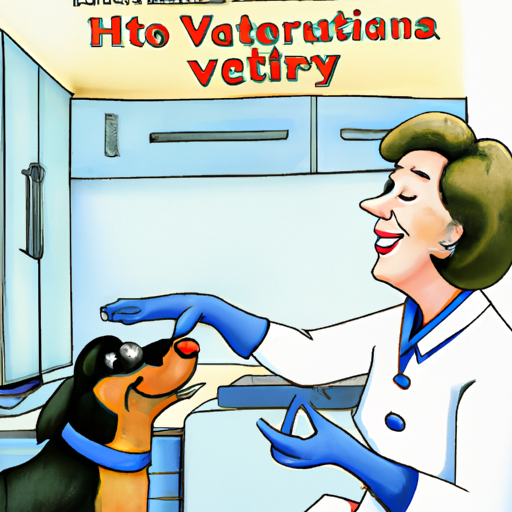Understanding Your Dog’s Anatomy
Your dog’s anal glands, also known as anal sacs, are two small sacs located on either side of your dog’s anus. They’re filled with a smelly, oily substance that dogs use to mark their territory. Occasionally, these glands can become impacted or infected, causing discomfort for your pet. Symptoms of this could include scooting, excessive licking, swelling, or a foul smell.
When to Drain Your Dog’s Anal Glands
While most dogs naturally express their anal glands when they defecate, some dogs may have trouble doing so and need a little help. If you notice any of the symptoms mentioned above, it may be time to consider draining your dog’s anal glands. Typically, smaller breeds have more problems with their anal glands than larger breeds.
How to Drain Your Dog’s Anal Glands
Before you start, prepare your workspace. You’ll need:
- Rubber gloves
- Paper towels or cloths
- Dog-friendly wipes
- A calm, comfortable environment
To drain the glands:
- Position your dog. Have your dog face away from you, either standing or lying down.
- Locate the glands. The glands are at roughly the 4 o’clock and 8 o’clock positions.
- Apply gentle pressure. Using your thumb and forefinger, apply gentle pressure to each gland, pushing up and inwards.
- Clean up. Use dog-friendly wipes to clean the area after you’re done.
Remember, if you’re uncomfortable performing this process or if your dog seems to be in pain, it’s best to consult a professional.
Risks and Alternatives to Draining Anal Glands at Home
While draining your dog’s anal glands at home can be a cost-saving measure, it’s not without risks. You could potentially harm your dog if you press too hard or in the wrong spot. Additionally, recurring issues with anal glands could indicate a more serious health problem.
| Risks | Alternatives |
|---|---|
| Pain or discomfort from improper technique | Have a professional groomer or vet perform the procedure |
| Possible infection from unsanitary conditions | Regular grooming and health check-ups |
| Underlying health issues may be overlooked | Consultation with a veterinarian |
If your dog frequently has problems with their anal glands, it may be worth discussing dietary changes or supplements with your vet.
Frequently Asked Questions
Q: How often should I drain my dog’s anal glands?
A: Most dogs don’t need their anal glands drained regularly. If your dog is having issues, consult with a vet.
Q: Can I hurt my dog by draining their anal glands?
A: Yes, if done improperly. Always use gentle pressure and stop if your dog appears to be in pain.
Q: What if my dog won’t let me drain their anal glands?
A: It’s best to consult a professional. Never force the procedure as it can lead to injury or distress.
Q: Why does the substance from the anal glands smell so bad?
A: The substance is used by dogs to mark territory and communicate with other dogs. Its strong smell makes it more noticeable.
Remember, you’re your dog’s best advocate. When in doubt, consult a professional. It’s all part of being a responsible and loving caregiver. Keep learning, keep caring, and keep advocating for your furry friend!



